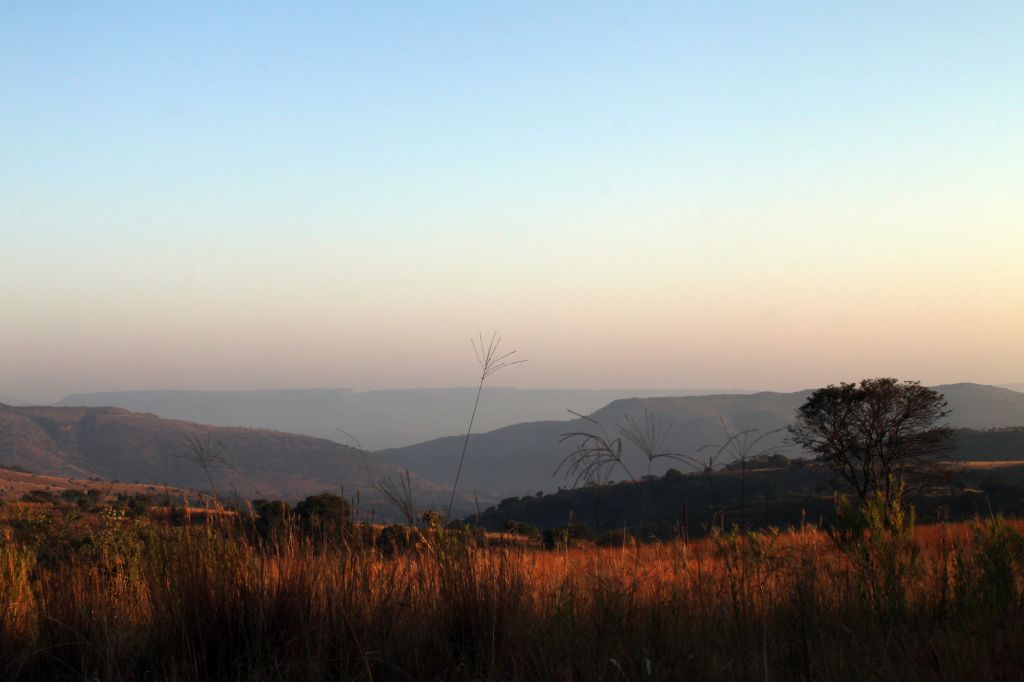The Cradle’s evolving landscape

The Cradle of Humankind comprises many palaeontological sites – all together, there are 15 sites which make up the World Heritage Site.
The evolving landscape of the Cradle of Humankind is today dominated by the Rocky Highveld Grassland, which supports a great diversity of plants and animals, some of which are rare and endangered.
The Rocky Highveld Grassland is a “fire climax grassland”. Fire plays an important role in maintaining the balance of trees and grass.
Rain occurs mainly in summer, often as thunderstorms, and averages between 650 and 750 mm (25 and 30 inches) per year. Temperatures vary between -12° C and 39° C (10° to 102° F), with an average of 16° C (61° F).
Lightning strikes frequently, and this may have facilitated the initial harvesting and later controlled use of fire by hominids in the area, as far back as 1.3-million years ago.
The caves provide roosts for owls and bats. Owls sometimes leave rodent remains in the caves, which are an important source of information on environmental change over time. Rodents are sensitive to changing climate, and their fossils help scientists understand ancient environmental or palaeoenvironmental change.
The Cradle of Humankind is rich in flowering plants, with many geophytes (plants with underground bulbs or tubers) that require regular fires for their propagation. Most of the woody plants are found in sinkholes and ravines where the destructive effects of fire and frost are minimised.
The dolomitic sinkholes provide deep soils and moist, cool conditions suitable for a diversity of trees, such as white stinkwood, and shrubs. The area is also rich in medicinal plants.
There are many natural springs, watercourses and streams that feed into the Magalies and Crocodile Rivers.
A variety of wildlife occurs here, including antelope such as hartebeest and impala. Trees provide perches, nesting sites and food for many bird species, such as rameron pigeons, grey loeries and glossy starlings. Leopards, brown hyenas and jackals use sinkholes as dens. The caves provide roosting sites for 16 different bat species. The Roodepoort Copper butterfly is unique to the area.
Land use since the 1890s has led to the degradation and loss of the natural environment. Today, sustainable land use practices will help to prevent further degradation of the veld. Waste dumping, pollution of water by agro-chemicals, and over-grazing have all had an impact on the World Heritage Site.